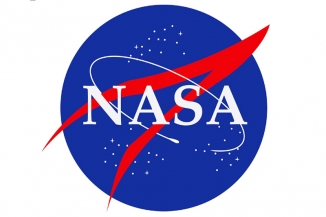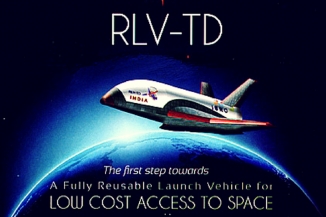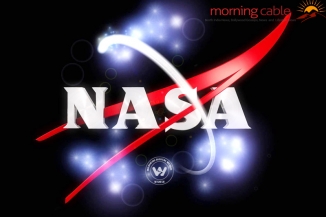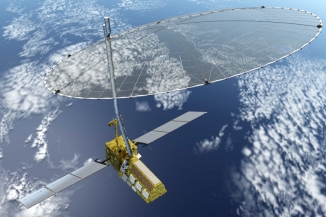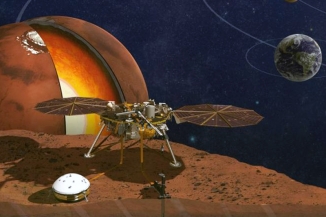
National Aeronautics ans Space Administration (NASA), the space agency of the United States has successfully placed its unmanned tennis-court sized spacecraft, Juno into Jupiter’s orbit by penetrating concentrated radiations from the heaviest planet of the universe.
It was a moment of joy for all who was working at NASA Jet Propulsion Laboratory when Juno beamed the news that it has started circling Jupiter’s orbit, reports said. The spacecraft’s camera and other equipments were switched off for arrival and hence there will not be any pictures to it approaching the Jupiter’s orbit. It will now study and send the pictures of the planet to the scientist during its 20-month stay which has bee cost around $1.1 billion.
Success! Engine burn complete. #Juno is now orbiting #Jupiter, poised to unlock the planet's secrets. https://t.co/YFsOJ9YYb5
— NASA (@NASA) July 5, 2016
The spacecraft which has been after cloud piercing wife of Jupiter in Roman mythology, was on autopilot mode when he performed the important move of slowing its engine down by firing the rocket and gently slips into Jupiter’s orbit. The solar-powered spacecraft was put on autopilot because the communication time lag between the Jupiter and Earth.
#Juno turned back toward the sun, has power and started its tour of #Jupiter in an initial 53.5-day orbit pic.twitter.com/iwRSSOwPwX
— NASA (@NASA) July 5, 2016
It will now study the planet on penetrating its radiation belt more commonly known as metal-frying and any entry points. It will also try to get the answers on important questions such as How much water exists? Is there a solid core? Why are Jupiter’s southern and northern lights the brightest in the solar system?
This is NASA’s second Jupiter mission after Galileo, which was launched in 1989 and stayed in office for nearly a decade. It managed to get the signs of an ocean beneath the icy surface of one of the Jupiter’s four moons, Moon Europa. Jupiter is knows as a ball of gases, hydrogen and helium unlike the rocky surfaces of Earth and Mars.
By Prajakt K.















